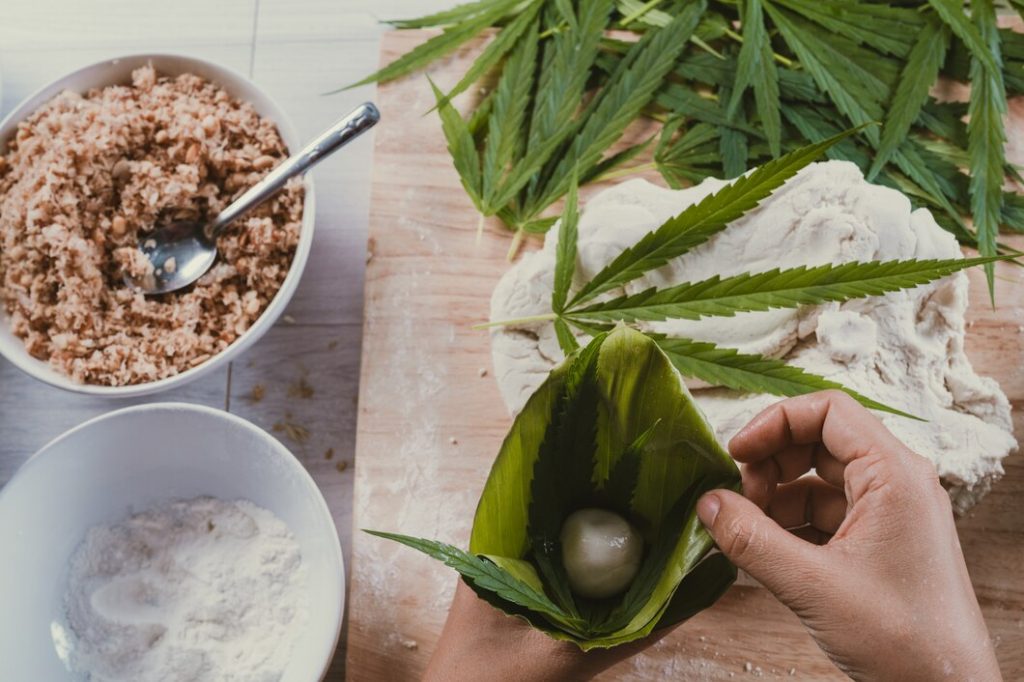The process of growing cannabis starts with the germination of seeds, which starts a development cycle that includes several different phases. Comprehending the life cycle of cannabis seeds is crucial for cultivating them successfully, be it for personal or commercial use.
Growers must manage specific possibilities and obstacles at each stage, from conception to harvest, to obtain the best yields and quality. This post will go over five essential topics regarding the cannabis seed growing cycle, offering both new and seasoned producers insightful information.
Germination:
The procedure by which a cannabis seed sprouts and grows into a seedling is called germination, and it marks the start of the cannabis seed life cycle. The process of germination usually starts when a seed is exposed to air, warmth, and moisture.
This activates enzymes which break down nutrients that have been stored and start the growth process. Cannabis seeds may be germinated in a number of ways by growers, such as employing germination cubes, direct seeding in soil, or the paper towel technique.
At this point in its development, the seedling breaks free from its seed shell grows a taproot and starts to generate cotyledon leaves, which signals the beginning of its transition into adulthood. Maintaining uniform environmental conditions during germination is essential for optimal seedling establishment and reducing failure risk.
Seedling Stage:
After germination, the cannabis plant moves into the seedling stage, which is marked by quick growth and the appearance of its first set of leaves and roots. For optimal growth, seedlings need a steady atmosphere that provides sufficient moisture, light, and nutrients. In order to avoid stress and encourage healthy development, growers should give soft light and maintain appropriate humidity levels.
In this phase, seedlings are susceptible to environmental stresses such as insect infestations, nutrient shortages, and excessive watering. As such, they need to be closely monitored and treated as needed.
Giving seedlings the ideal growing environment at this critical stage guarantees healthy plants throughout the vegetative phase and lays the groundwork for strong development.
Vegetative Growth:
The seedling enters the vegetative development stage when it reaches maturity, which is characterized by a strong root system and fast leaf expansion. In order to prepare for blooming, the cannabis plant concentrates on vegetative development during this period, creating fresh foliage, stems, and branches.
Growers may encourage rapid vegetative development by adjusting environmental elements, including temperature, light cycle, and nutrition availability.
To optimize yields and shape the structure of the plant, pruning and training methods, including topping, pruning, and low-stress training (LST), may be used. When vegetative development is well-managed, the foundation for robust, fruitful plants during blooming is created.
Pre-Flowering:
The cannabis plant first exhibits symptoms of sexual division and flower production during the pre-flowering stage, which marks the beginning of reproductive maturity. Male plants create pollen sacs or clusters, whereas female plants grow tiny, transparent hairs called pistils.
To stop pollination, which can result in the generation of seeds and a reduction in the quality of flowers, growers need to recognize and isolate male plants. The cannabis plant keeps growing and developing throughout this stage to get ready for the blooming phase, which is when the majority of the bud production happens.
Producers may ensure that female plants can concentrate their efforts on developing high-quality blooms by regularly monitoring plants during pre-flowering. This allows producers to detect and eliminate any male plants swiftly.
Flowering and Harvest:
The last stage of the cannabis seed’s developmental cycle, known as the flowering stage, is marked by the development of flowers, or buds, that are high in terpenes and cannabinoids. Changes in the light cycle cause the plant to go from vegetative growth to floral development, which starts the flowering process.
Resilient flowers with trichomes—which hold most of the plant’s cannabinoids, such as THC and CBD are produced by female plants. Depending on the cannabis strain, the blooming period might last anywhere from six to twelve weeks or longer.
When the blooms achieve their peak maturity—which is characterized by changes in color, scent, and trichome development—harvesting takes place. The ideal timing to harvest cannabis plants is crucial for optimizing their strength, taste, and overall quality.
Conclusion:
The growing cycle of cannabis seeds is a dynamic process that includes several stages, all of which are essential to the plant’s growth and ultimate harvest. By knowing the critical stages of development, growers may improve growing techniques, reduce hazards, and produce consistent harvests of high-quality cannabis.
Understanding the cannabis seed growth cycle is crucial for success in the ever-changing cannabis market, whether one is growing for personal use or commercial production.

